How to keep your feet warm on the bike this winter
Cold feet can make a winter ride miserable, here are our top tips to keep the cold at bay and stay comfortable
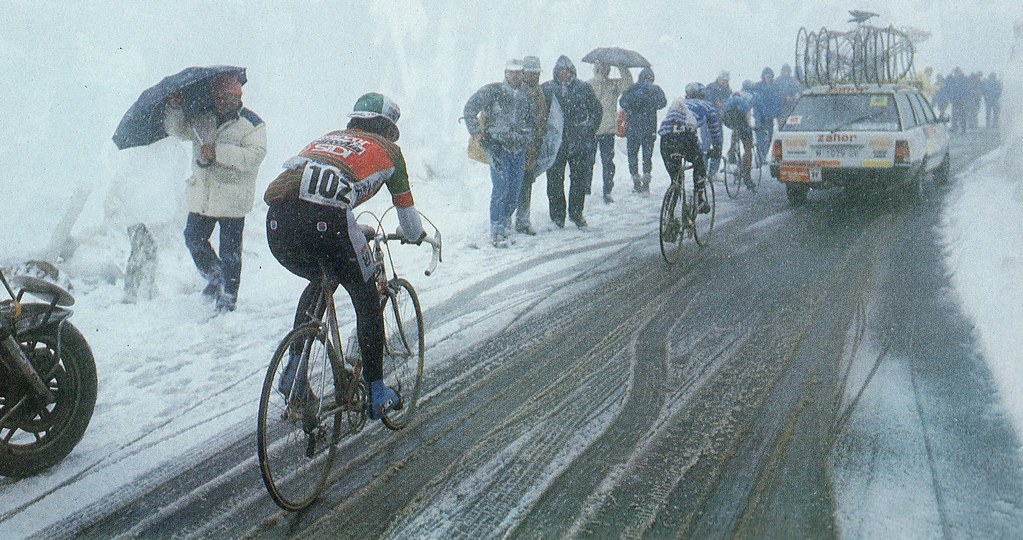
Cold feet on a winter ride isn't a particularly great experience. If you've ever gotten things wrong on a cold winter ride, such as not wearing overshoes, and experienced your feet go from cold to numb to freezing and painful, the ride in question may well be burned into your memory and you probably won't want to repeat the experience any time soon. Worry not though; we've got a guide on how to keep your feet warm while cycling so it never happens again.
Freezing extremities during winter cycling are just one of many challenges cyclists can face as the mercury drops. If you are somewhere warmer perhaps you won't need everything here, but if you live somewhere where the temperatures really drop, then a lot of the points below will be relevant.
There are points on equipment and clothing choices such as the best winter socks along with some less obvious tips and tricks to keeping your toes toasty, allowing you to focus on the riding.
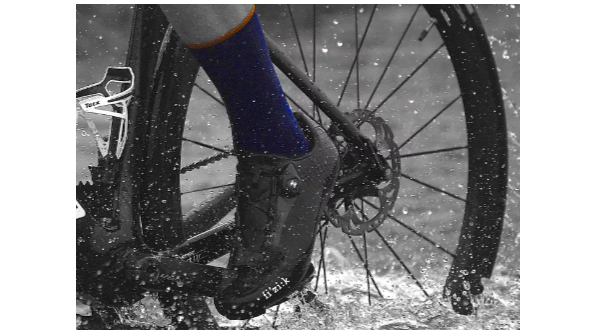
Tips and tricks to keep your feet warm on the bike
First up, we'll start with some of the less obvious things you can do to try and keep your feet warm on the bike.
1. Don't start with cold feet
Starting a cold winter ride with warm feet before you leave the house will help stave off the chill, at least for the early part of the ride. Nipping out to the garage in bare feet will sap your feet of warmth before you even start, so keep them warm right up to the time you are ready to go riding and your feet will stay warmer for longer. The same is true for the rest of your body as well, stay warm and cosy before it's time to head outdoors, and you won't be starting on the back foot.
2. Tape up vents on your shoes' soles
The latest race content, interviews, features, reviews and expert buying guides, direct to your inbox!
Taping up any shoe sole vents or openings can help minimise the amount of cold air, as well as water, entering your shoe from below. If the shoes you use during winter have larger vents, tape them up and you should benefit from a marginal gain in temperature. If it's raining, the spray from the road can also get in through these vents, which won't help, so taping up vents can also solve this problem. I'd recommend some Gorilla adhesive tape for this job, it sticks where others don't.
Keeping your feet dry is key, so investing in a set of the best road bike mudguards will definitely help too.
On a side note, whilst were talking about the soles of shoes, ensure your cleat screws and or bolts have grease or anti-seize on the threads, seized cleat bolts aren't fun to tackle when changing cleats and winter water and salt can accelerate this.
3. Size up - or loosen - your shoes
Depending on the demands of your ride or training session, using a slightly larger pair of shoes (if you have them) or leaving your shoe dials or laces a little slacker can help in two ways.
Firstly, and most simply, slightly loosening will reduce the chance of compressing the feet and restricting blood flow. Secondly, looser shoes will allow for a greater number of small air pockets to be trapped around the feet. Air is a great insulator and should help keep feet a little warmer compared to having your shoes cranked up to the max.
Don't give into the urge to throw on a second pair of socks, though, as this can undo the first benefit by restricting blood flow.
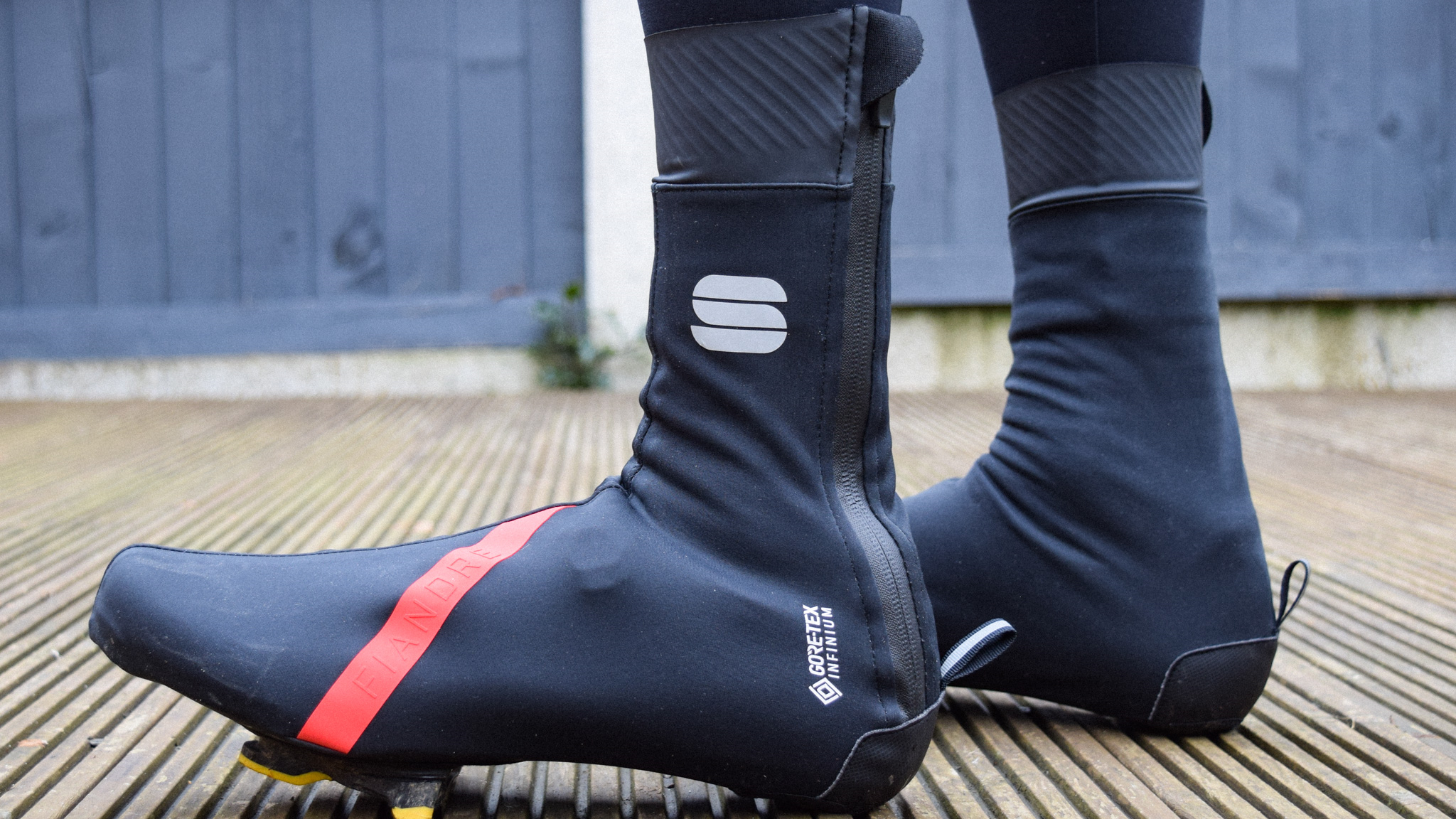
4. Tin foil around your toes
Some riders recommend wrapping the ends of their toes in tin foil to promote warmth and insulate the toes, I've also seen riders race super muddy cyclocross races with plastic bags around their feet inside their shoes to help keep the water and cold at bay. These options may be a bit more unorthodox but if you try them and find they really work for you they could be a very cost-effective way of keeping your feet warm.
5. Footwarmers
You can also try using single-use or reusable instant foot or hand warmers inside your shoes or overshoes if you have room. This also works for gloves too. Smaller-sized ones can be tucked under your feet or the ankle area and provide some extra warmth. If you are looking for every possible advantage this could help.
6. Embrocation
Warming embrocation can also give you the sensation of warmth even if you're technically tricking your body. You could try some warm-up embrocation on your feet and ankles before you layer up to keep your feet feeling warmer and more comfortable for longer.
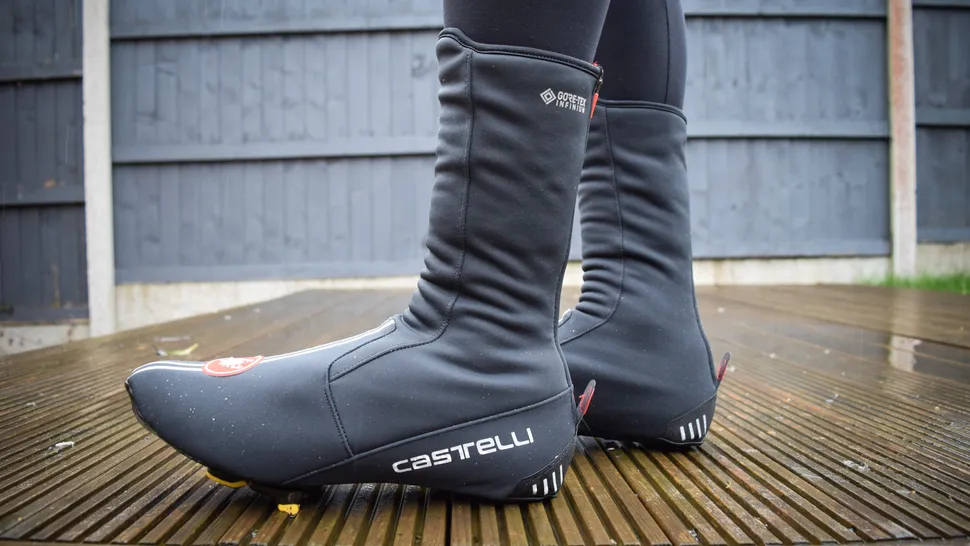
Invest in winter overshoes
The easiest and most obvious solution to combat cold feet during winter cycling is investing in some warm winter overshoes. The best cycling overshoes can be the difference between cold and warm feet during winter rides. Investing in some is probably the easiest way of keeping your feet comfortable and can give great bang for your buck.
There are countless brands making overshoes for a wide range of disciplines and applications, but, as you might expect, you are going to want to look at the thicker, more insulated end of the spectrum to keep your feet warm in winter. Overshoes' primary job is to insulate our feet and help prevent the warm air inside your shoes from escaping and the cold air hitting them from cooling our feet. Most will be at least a few millimetres thick, and the warmest and most water-resistant tend to be made from neoprene which is an excellent insulator, when water does eventually penetrate in a heavy downpour your feet should end up wet but warm, which is a lot more comfortable than wet and cold. Overshoes will also protect your cycling shoes from road spray and mud keeping them a lot cleaner for the summer months.
You can also add some neoprene toe warmers under your overshoes to further protect your toes from the cold air. The extra layer should keep them that little bit warmer.
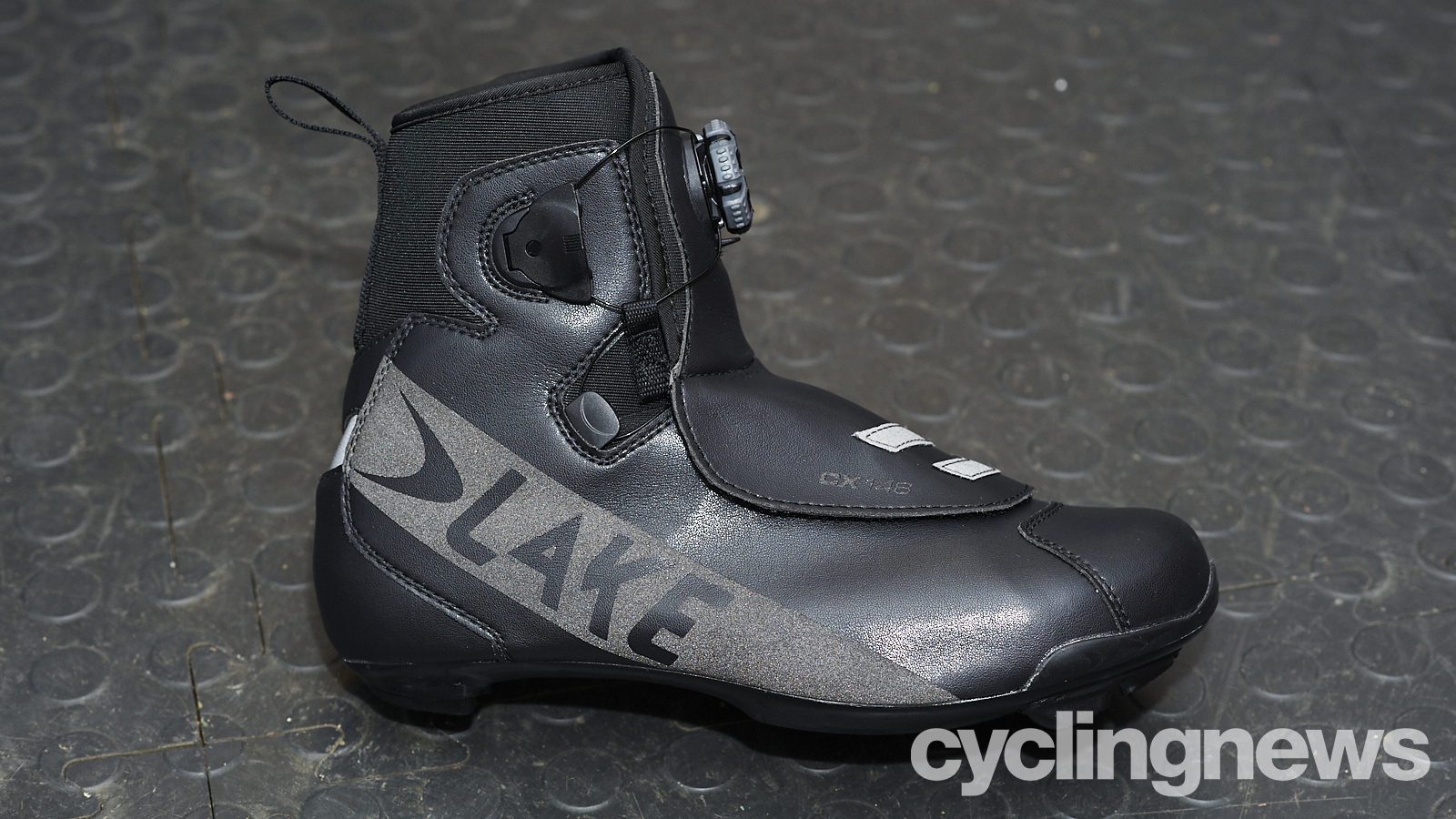
Winter cycling shoes and warm socks
The next thing to consider in the battle to keep your feet warm whilst cycling is a dedicated pair of winter cycling shoes, which are generally far more insulated and overbuilt than summer shoes. There is some debate among cyclists about whether it's better to use overshoes or winter cycling shoes but the right solution for you will typically depend on the conditions you're riding in.
Most models on the market tend to feature Gore-Tex waterproof uppers or similar, fleece-lined insides and insoles to add insulation and sweat-wicking properties. More often than not they have a mid-height ankle gaiter made from neoprene or similar with some sort of velcro closure to keep water out. Slipping on a pair of winter shoes compared to lightweight performance shoes feels very different and really helps you feel ready to tackle the elements with a noticeable difference in warmth and cosiness straight away.
If you're commuting a lot in cold weather or do a large volume of riding outdoors, some winter cycling shoes may be a great investment and using a dedicated pair for winter will save your best shoes from accelerated wear and tear.
Wearing heavier weight or thicker winter cycling socks can also help insulate your feet. These won't be super bulky because you still need to achieve a comfortable fit when wearing cycling shoes, but they will increase insulation and help wick sweat and moisture away. Merino socks will be a great choice for winter with the wonder wool doing a great job at keeping feet warm.
Lastly, some companies make dedicated winter cycling shoe insoles that are thicker and use fleece and reflective materials to increase warmth and help with wicking sweat away which you could try in your own cycling shoes for an easy win.

Tom joined the Cyclingnews team in late 2022 as a tech writer. Despite having a degree in English Literature he has spent his entire working life in the cycling industry in one form or another. He has over 10 years of experience as a qualified mechanic, with the last five years before joining Cyclingnews being spent running an independent workshop. This means he is just as happy tinkering away in the garage as he is out on the road bike, and he isn’t afraid to pull a bike apart or get hands-on with it when testing to really see what it’s made of.
He has ridden and raced bikes from an early age up to a national level on the road and track, and has ridden and competed in most disciplines. He has a keen eye for pro-team tech and enjoys spotting new or interesting components in the wild. During his time at Cyclingnews, Tom has already interviewed some of the sport's biggest names including Mathieu van der Poel, Tadej Pogačar and Alberto Contador. He's also covered various launches from brands such as Pinarello, Ridley, Specialized and more, tackled the Roubaix Challenge sportive aboard his own rim-brake Cannondale SuperSix Evo, tested over 20 aero helmets in the wind tunnel, and has created helpful in-depth buying advice relating to countless categories from torque wrenches to winter clothing.